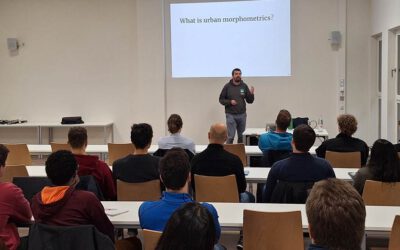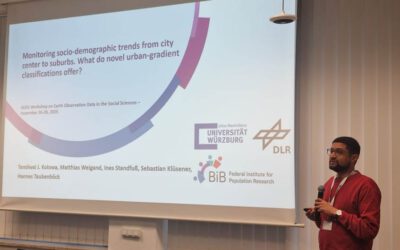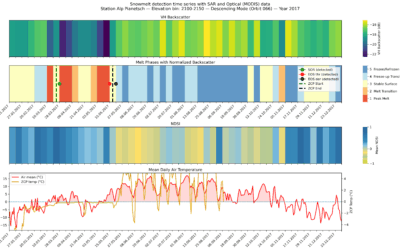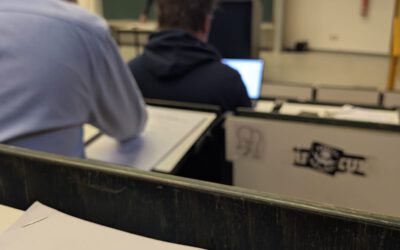Adapting a U-Net to Model Road Traffic Noise: Presentation by Jeroen Staab at the Helmholtz AI conference
At the recent Helmholtz AI conference [1], presented our recent advancements in “Adapting a U-Net to model road traffic noise from geographic data”. Being part of the ‘Applied AI’ session [2], he illuminated the cutting-edge intersection of AI, earth observation and environmental health science.
The work is part of the Noise2NAKO^AI [3] Project, an initiative aimed at understanding and combating noise pollution, an urban issue with significant public health implications. Consequently, at the following poster presentations, the project partners of HMGU presented a nationwide machine learning framework aimed at predicting cardiovascular health [4]. Their work titled “Investigating the interplay of environmental, neighborhood and socio-economic features to predict cardiovascular health” broadened the scope of discussion around the use of AI in public health. During an inspiring conference dinner on the Elbe river, this poster was awarded the 3. best poster award eventually.
The Helmholtz AI and Helmholtz Imaging Unconference at DESY promised to continue sparking robust discussions and vital exchanges on the use and potential of AI in various scientific domains scoped by Helmholtz Association of German Research Centres.
1: https://helmholtzai-conference2023.de/
2: https://twitter.com/helmholtz_ai/status/1668381453594374144?s=20
3: https://www.helmholtz-munich.de/en/epi/projects/noise2nako
4: https://twitter.com/niknikolaou93/status/1668582936289894402?s=20








